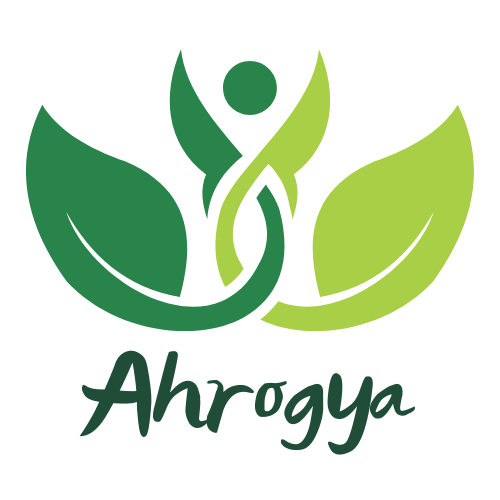The edible portions of plants, which are mainly their leaves, roots, fruits, or seeds, are referred to as vegetables. Vegetables are an important aspect of contemporary agriculture and a staple diet all over the world.
 |
| Photo by Daria Shevtsova from pexels |
Most health experts recommend that you take veggies on a
regular basis since they are low in calories but abundant in nutrients. A
balanced, rotating diet of different sorts of veggies is one of the greatest
ways to absorb nutrients from your meals from a young age, according to
science.
Sunchokes
Sunchokes have a high magnesium content. Magnesium has a
number of health advantages, including the ability to improve sleep quality.
Magnesium has been proven in studies to enhance a variety of sleep quality
indicators, including the time it takes to fall asleep and the capacity to stay
asleep for longer. Sunchokes are a great starch basis for grain bowls and may
be cooked or eaten raw.
Onions
While biting into an onion may not seem like the most
pleasant method to acquire your vegetable servings, onions do offer some key
health advantages. The sulfur compounds found in onions have been linked to
cancer prevention in several studies. Onions are also high in B vitamins and
have low-calorie content. Want to include them in your diet without
breaking them down? Grill them and use them to make vegetarian kebabs.
Cauliflower
Cauliflower is a highly adaptable vegetable that may be
pickled, roasted, or shredded to serve as a rice substitute. Cauliflower has
the potential to improve both mental and physical wellness. It is high in
choline, which is an essential ingredient for maintaining optimal mood and
memory. It also contains a lot of sulforaphane, which has been demonstrated to
help lower cancer risk. Pickle cauliflower for a summer salad or roast a whole
head with garlic for a hearty winter dish.
Artichokes
Calcium is abundant in artichokes. Artichokes can be a tasty
method to receive calcium for individuals who don't want to get it from typical
sources like milk. Calcium is necessary for a variety of reasons, but it is
especially critical for bone health. Calcium has been demonstrated to boost
bone density in studies. Once cooked, the base of the artichoke leaves and the
heart of the artichoke are edible, and there are a variety of methods to
prepare and serve them to reap the advantages.
Kale
Kale is a very nutrient-dense vegetable. Vitamins, fiber,
folate, and manganese are all abundant in this fruit. Although boiling it is
always an option, there are other methods to keep kale on hand as a snacking
choice. Making kale chips is one of the most delicious. Simply bake cleaned, dried
kale leaves for 15 minutes after coating with olive oil and spices of your
choosing.
Peas
Peas are abundant in fiber, which is one of their numerous health advantages. Fiber is beneficial to one's health for a variety of reasons. It promotes regularity and may be especially beneficial to individuals who suffer from digestive problems. Fiber also aids in the growth of beneficial bacteria in the stomach. Making spring pea guacamole is one of the most inventive and tasty ways to incorporate peas into your diet.
Sweet potatoes
Sweet potatoes may be especially beneficial for people who
have diabetes or hypoglycemia. They have a low glycemic index, which indicates
they can help control blood sugar levels. However, the cooking process is
important. Baked sweet potatoes had nearly double the glycemic index of raw
sweet potatoes, according to one research. If you're controlling your blood
sugar, consider steaming rather than baking, which has a significantly lower
glycemic index.
Beets
Those who want to decrease their blood pressure should eat
more beets. According to one study, taking 500mg of beet juice reduced blood
pressure in otherwise healthy persons. This is related to nitrates, a chemical
found in beets. Beets are also quite adaptable. They may be chopped and tossed
in salads, pickled, or even used as a tzatziki foundation.
Carrots
A cup of carrots contains at least four times the
recommended daily dosage of vitamin A. Vitamin A is important for healthy
eyesight, and eating enough of it may help prevent vision loss. Studies have
even found improved eyesight with carrot consumption. If you don’t love the
taste of raw carrots, try mixing things up. Carrots are excellent with hummus,
and they can also be dropped into stews and salads.
Cabbage
Cabbage has a reputation for being bland, but it doesn’t
have to be. Cabbage that’s been pickled into sauerkraut can act as a probiotic.
Probiotics are essential for gut health, which is an important secondary
benefit. The better shape of your gut, the better it can absorb all the
vitamins and minerals of every food you eat. Sauerkraut is delicious in salads,
and also in soups.
Seaweed
A cup of carrots contains at least four times the daily
vitamin A requirement. Vitamin A is necessary for good vision, and getting
enough of it can help you avoid vision loss. Carrot eating has also been linked
to enhanced vision in studies. Mix things up if you don't like the flavor of
raw carrots. Carrots are delicious with hummus and may also be used in stews
and salads.
Garlic



0 Comments